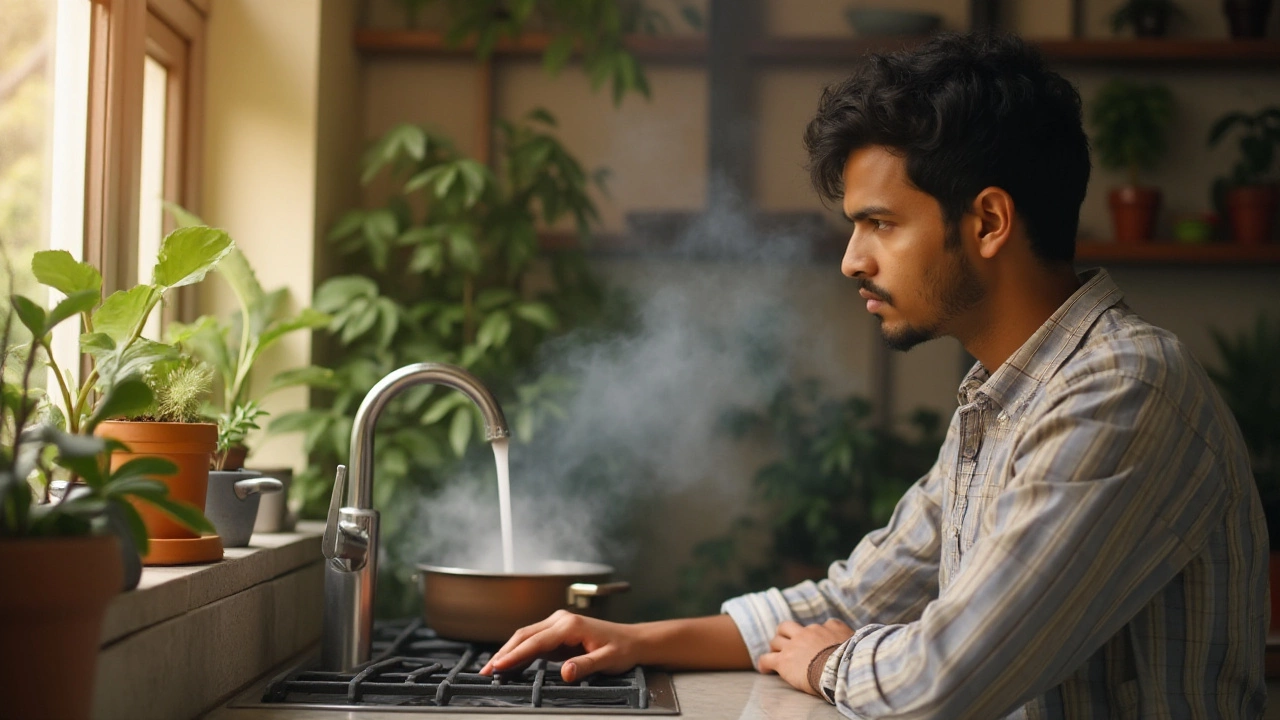Find out what to do when your hot water stops flowing. Simple troubleshooting can help solve the problem. Knowing where to start is crucial. This guide explores various aspects of hot water issues, offering practical tips and guidance to address and fix issues efficiently.
Hot Water Issues: How to Get Your Shower Back Fast
If you turn on the tap and get cold water instead of a nice warm shower, you’re not alone. Hot water problems pop up in many homes and can be caused by a few easy‑to‑spot things. In this guide we’ll walk through the most common reasons your water isn’t heating and give you practical steps you can try before you pick up the phone.
Common Reasons for No Hot Water
First, check the power. Electric water heaters need a working circuit breaker and a functional thermostat. If the breaker has tripped, flip it back on and see if the heater starts. For gas heaters, make sure the pilot light is lit. A quick visual check can save you a call to a technician.
Another frequent culprit is a faulty heating element. Over time, elements can corrode or crack, which stops them from warming the water. Look for visible signs of damage or listen for a humming sound that suddenly stops. If the element seems bad, you can replace it yourself if you’re comfortable working with electricity, but many prefer a pro.
Build‑up of sediment inside the tank also cuts heating efficiency. Tiny mineral particles settle at the bottom and act like an insulating layer, forcing the heater to work harder. If your water looks cloudy or you hear strange noises, flushing the tank might restore heat. The process just involves emptying the tank, running fresh water through, and refilling – a simple task for most homeowners.
Quick Fixes and When to Call a Pro
Start with the easy checks: verify power, reset the thermostat, and make sure the gas valve is open. Many water heaters have a reset button on the thermostat; press it and wait a few minutes for the heater to kick back in. If you have a digital display, look for error codes and consult the manual – they often point straight to the problem.
If those steps don’t work, try flushing the tank. Turn off the heater, attach a garden hose to the drain valve, and let the water run until it’s clear. This can solve heating issues caused by sediment and usually takes under an hour.
When you’ve tried power, reset, and flushing, and the water is still cold, it’s time to call a professional. A licensed plumber can test the dip tube, check pressure‑relief valves, and diagnose hidden leaks that could be draining hot water before it reaches your faucet. Trying to fix gas‑related parts without proper training can be dangerous, so err on the side of safety.
Regular maintenance can prevent most hot water headaches. Schedule a yearly inspection, keep the temperature set between 120‑130°F to save energy, and consider adding a water softener if you have hard water. These habits keep the heater running smoothly and extend its lifespan.
Remember, a cold shower isn’t the end of the world – most hot water issues have a quick fix. By checking power, resetting controls, and flushing the tank, you can often solve the problem in less than an hour. If those steps fail, a qualified technician will get your water heating back on safely and efficiently.
